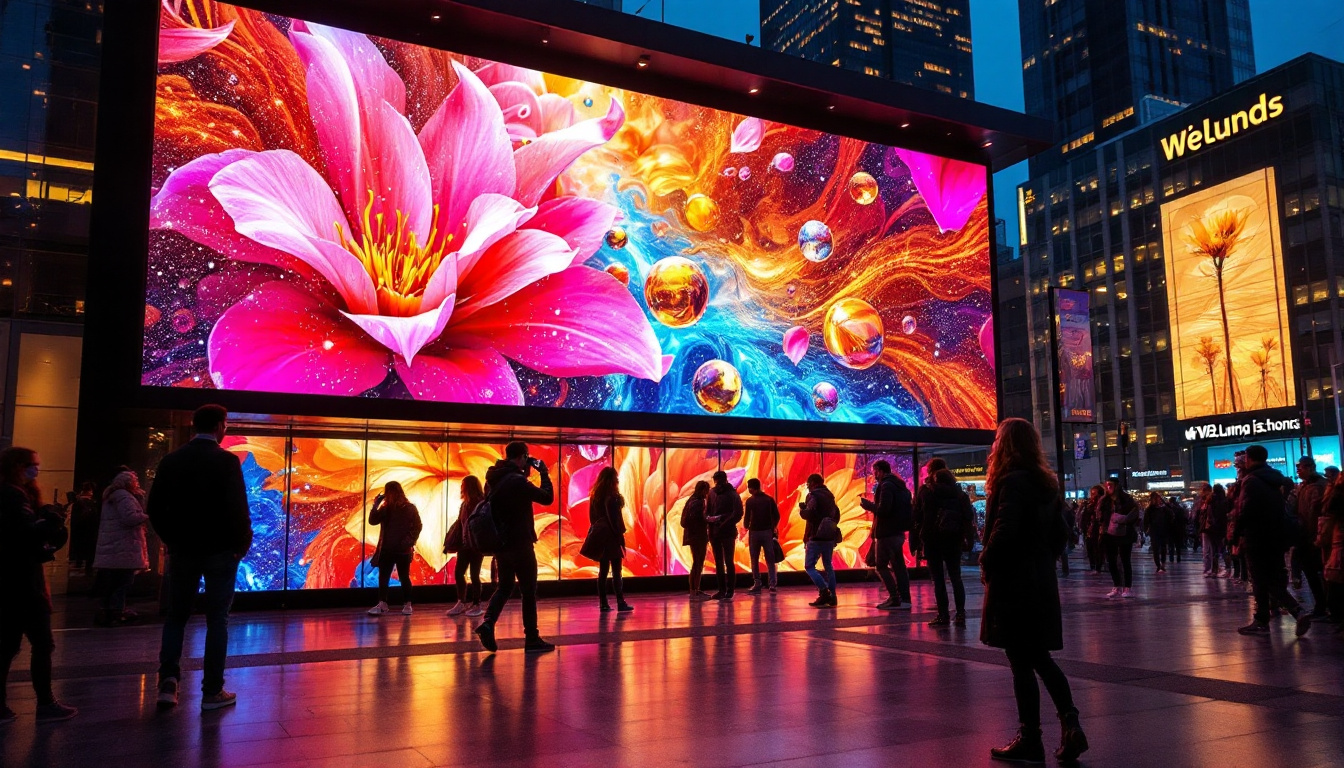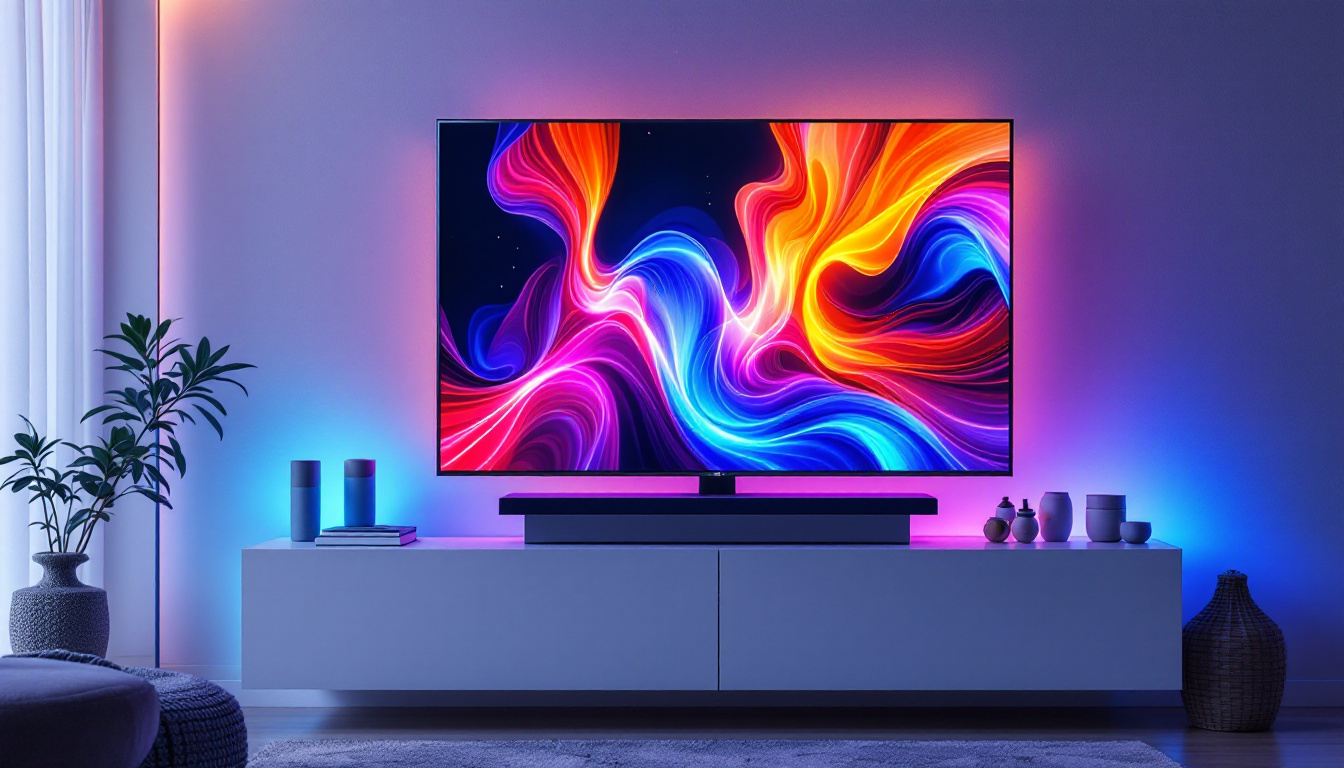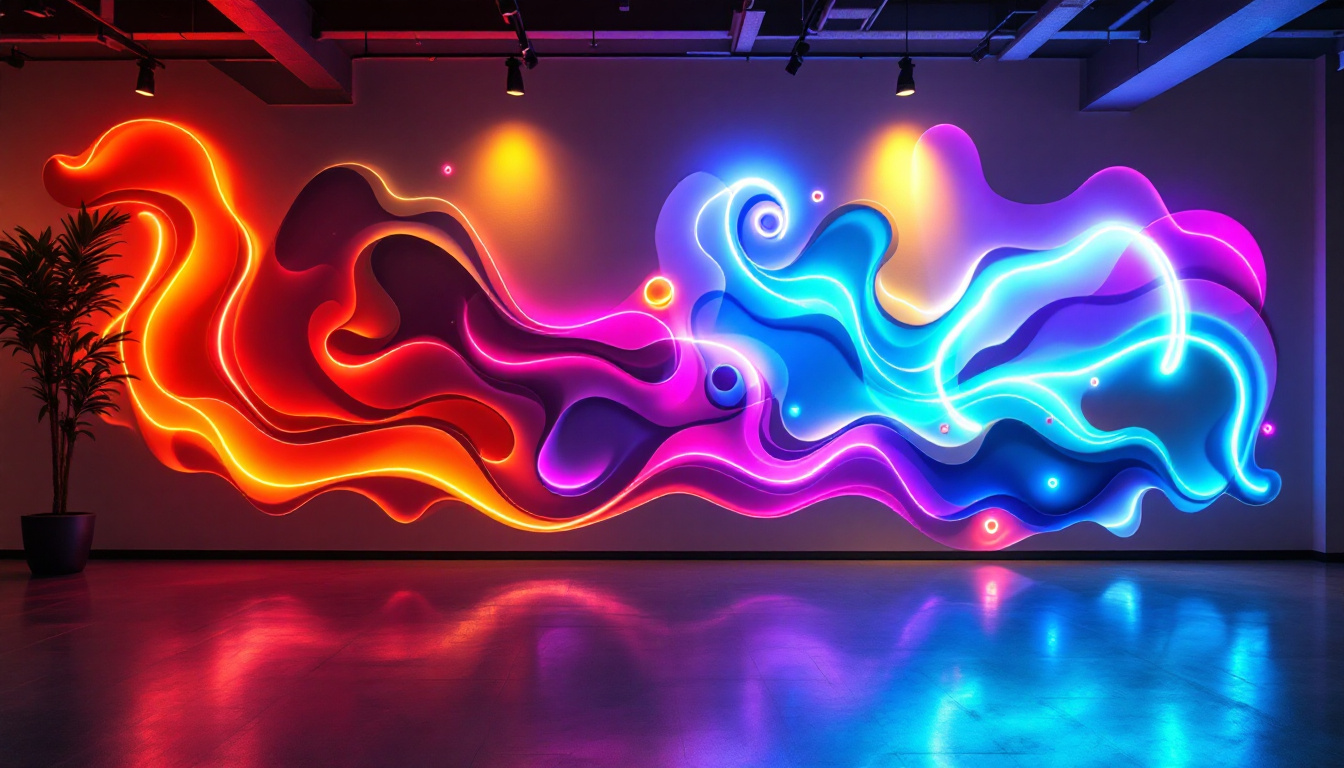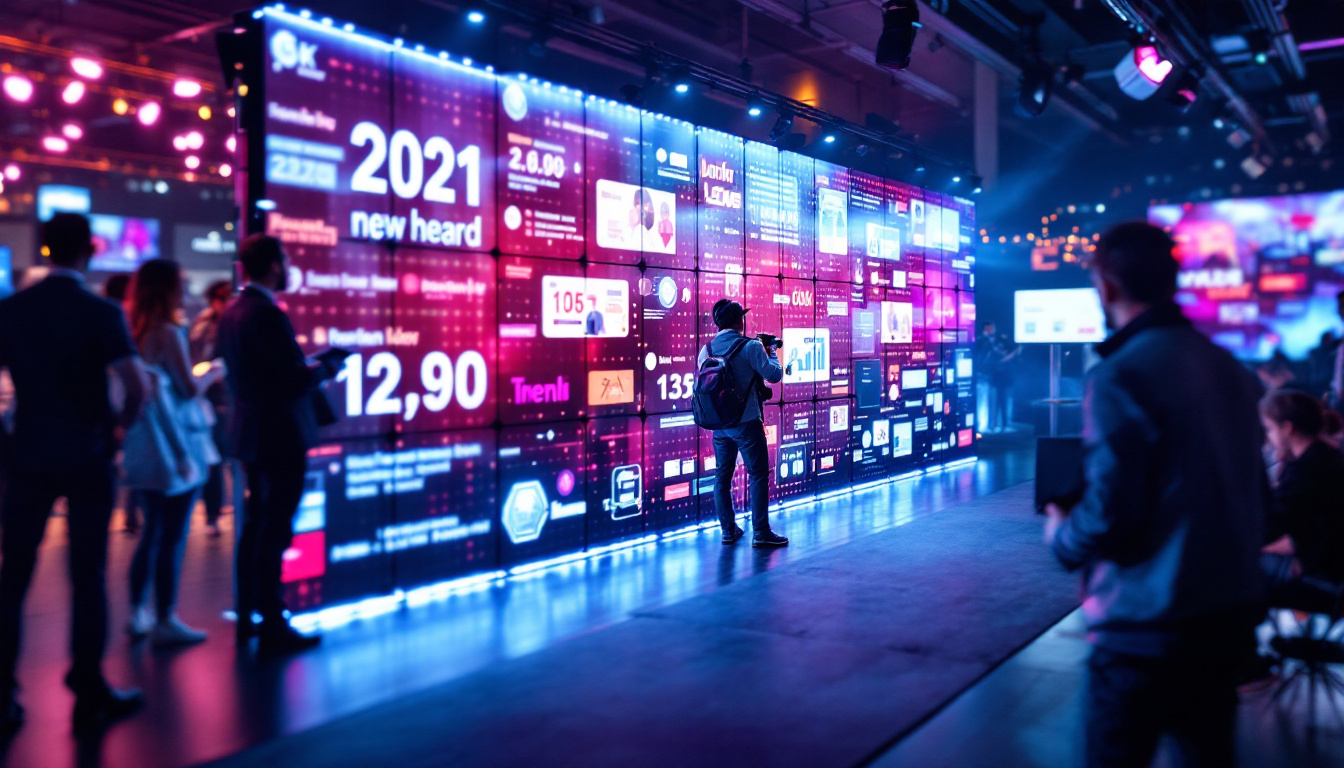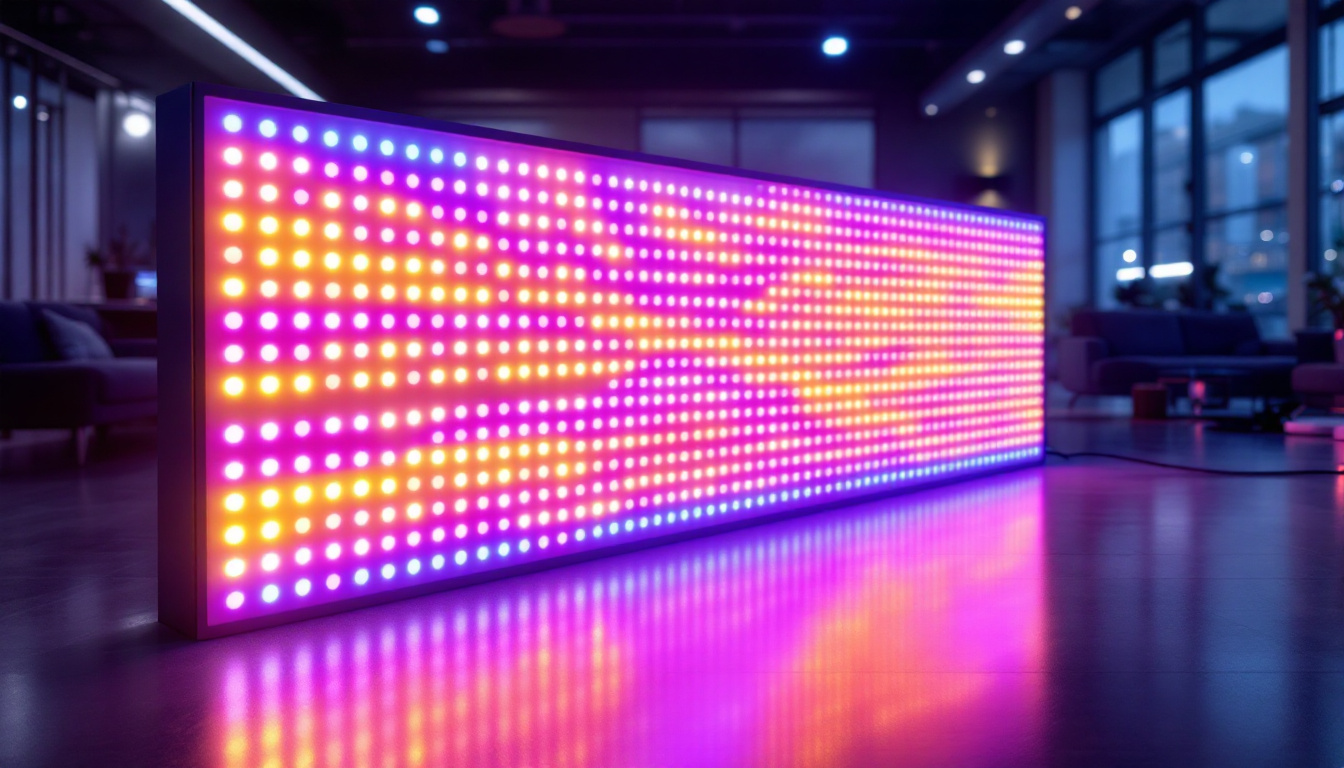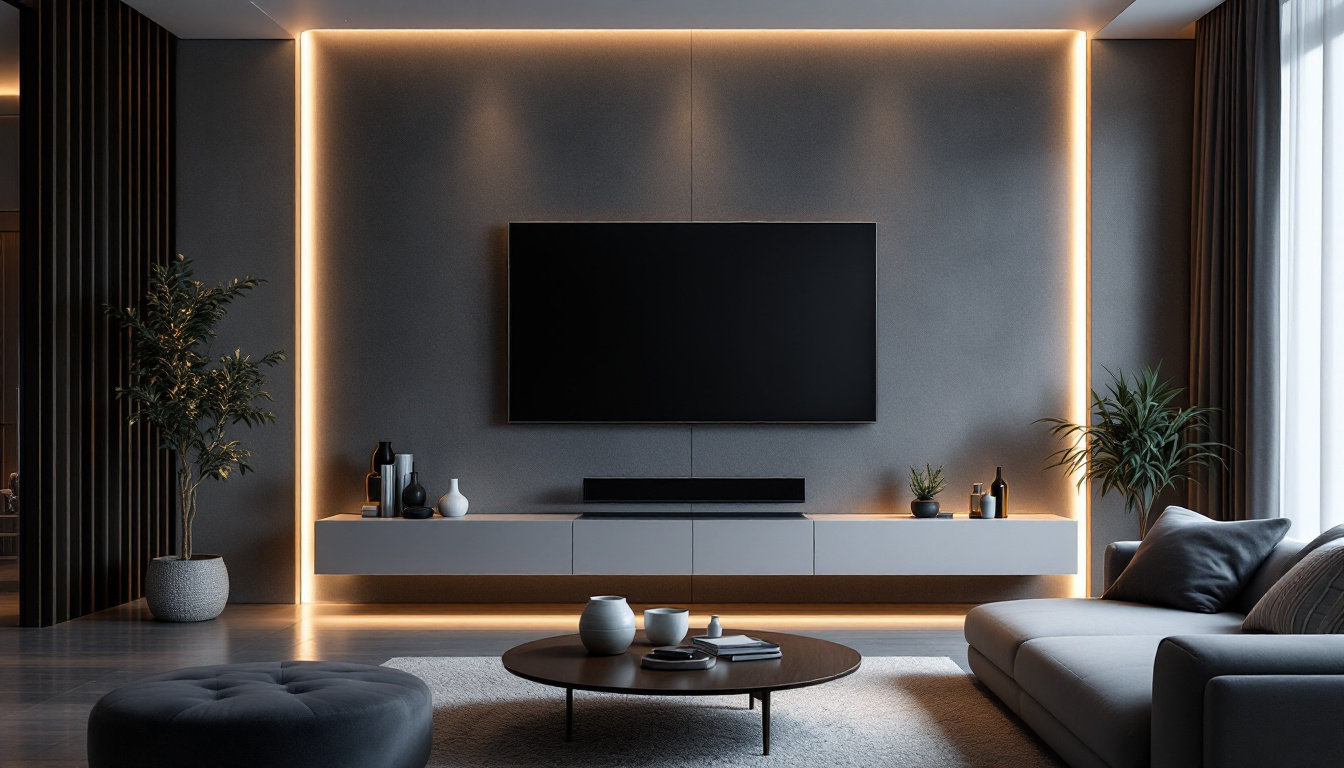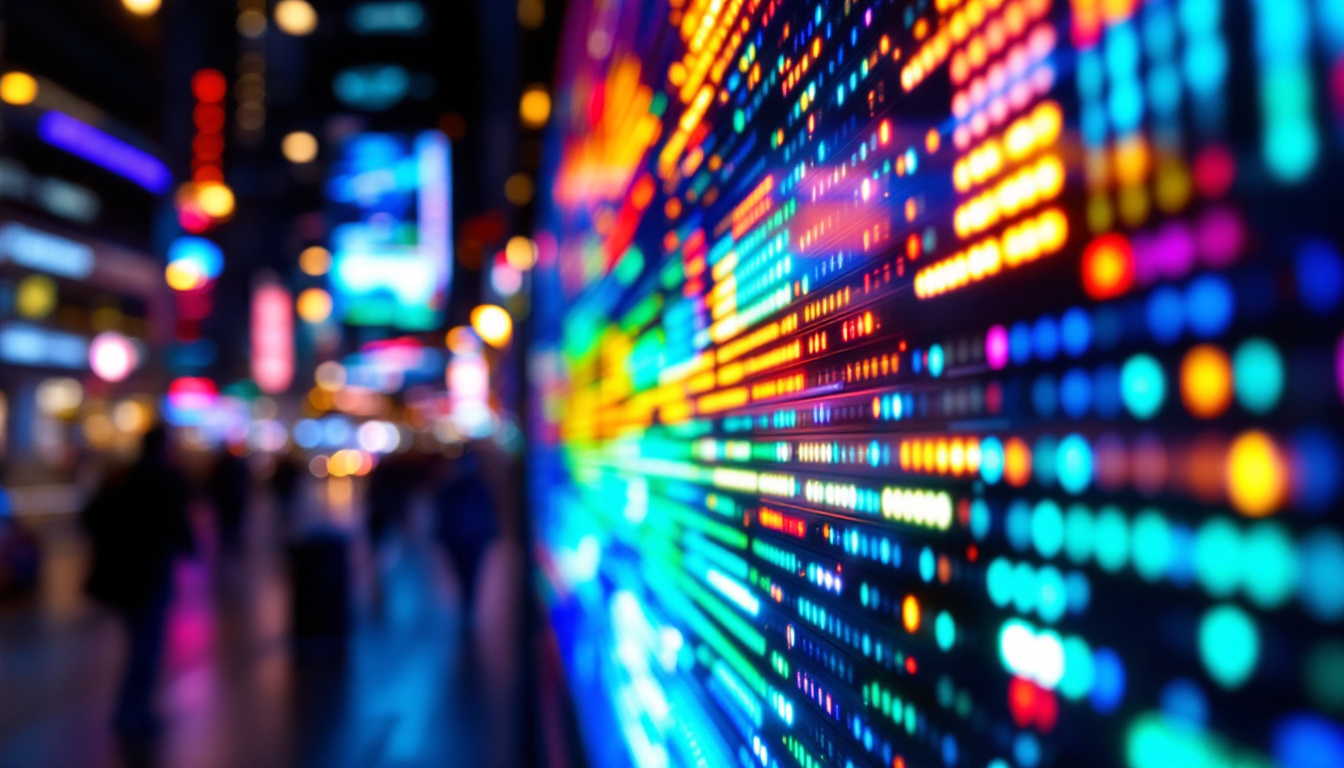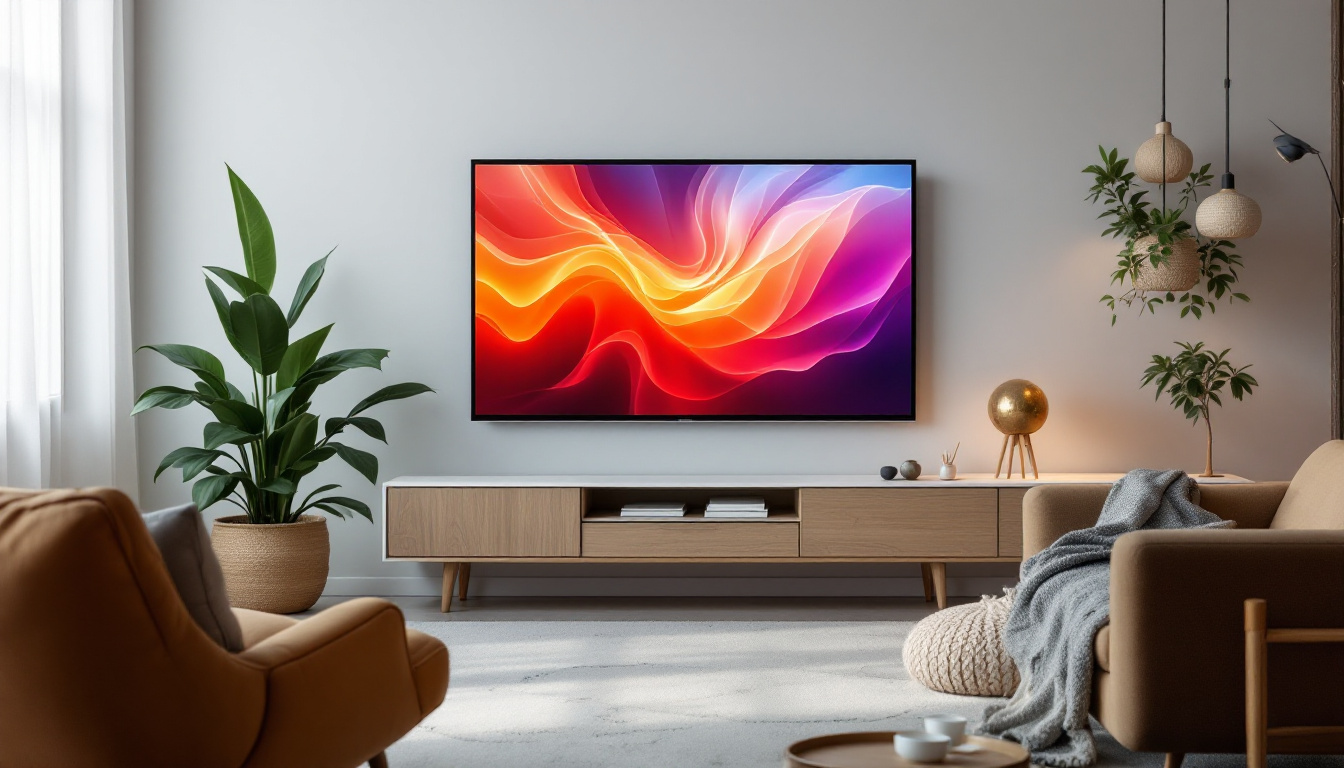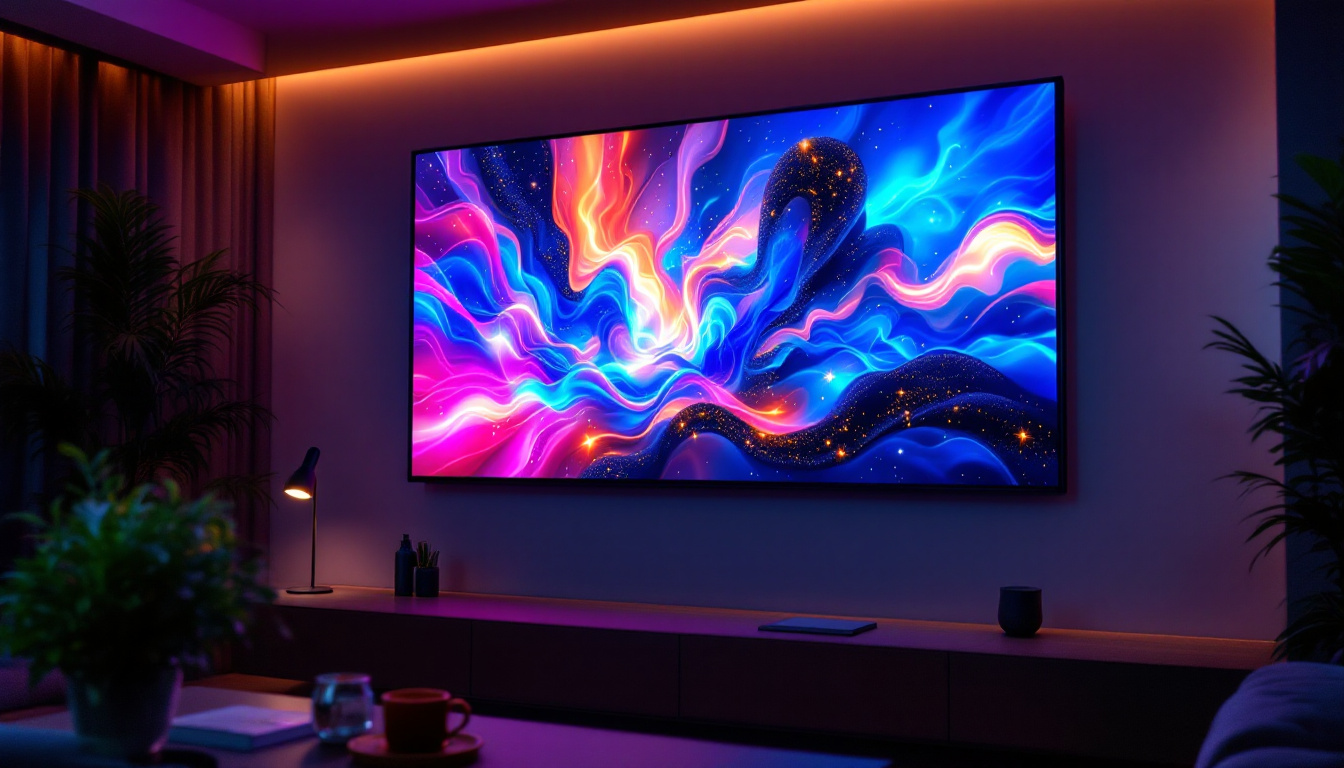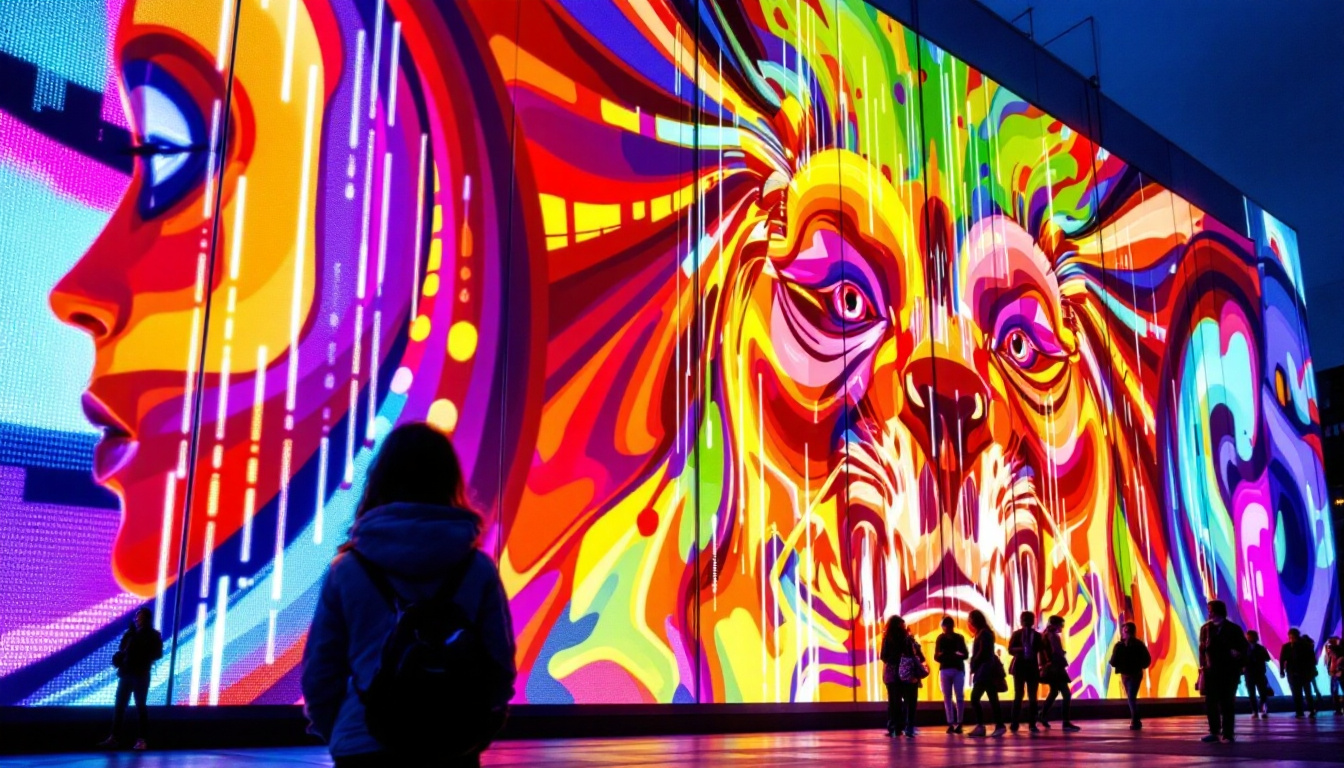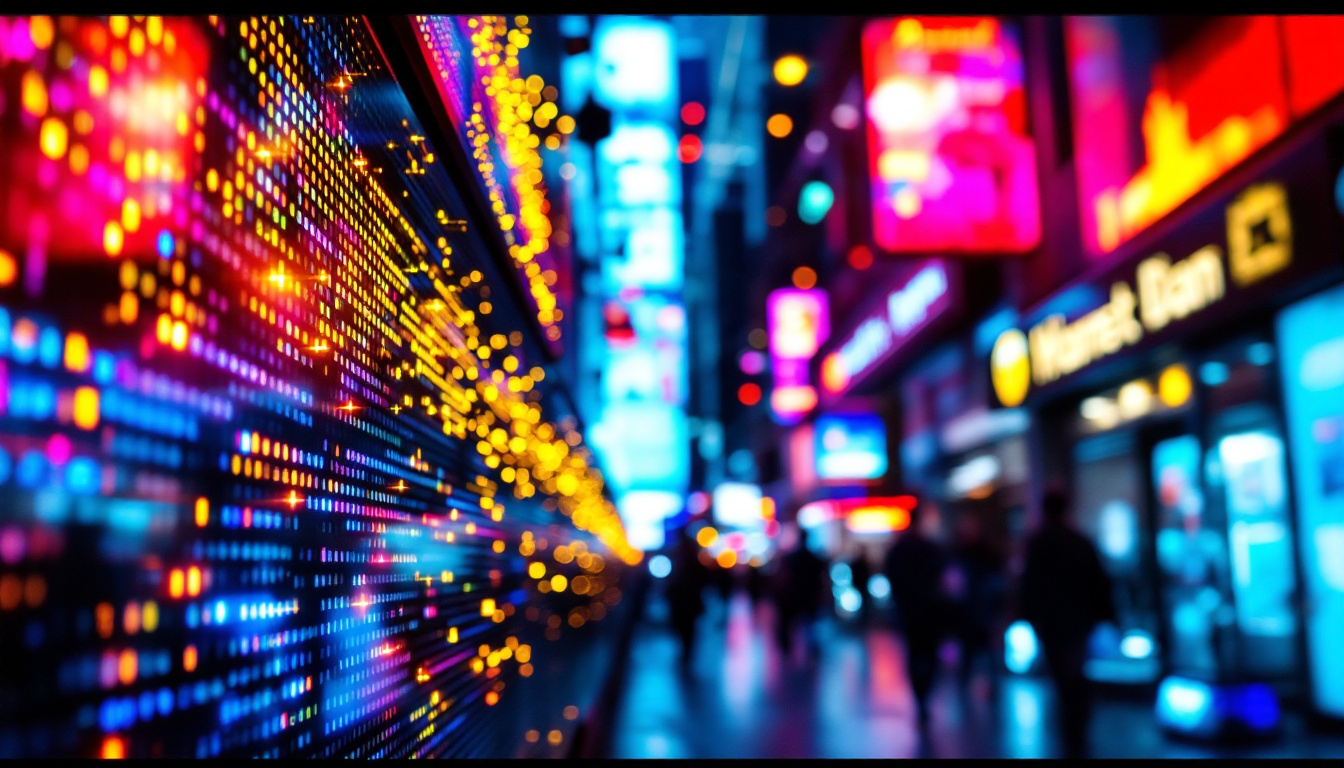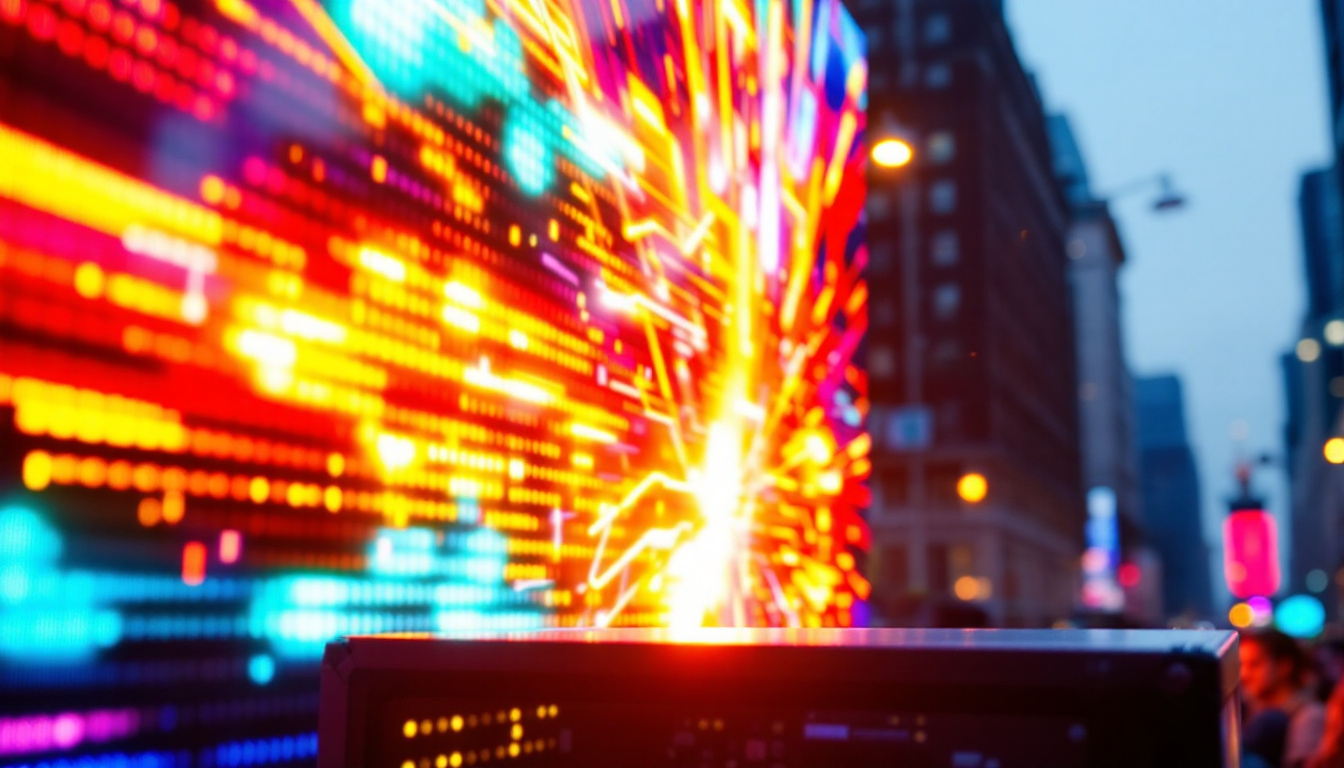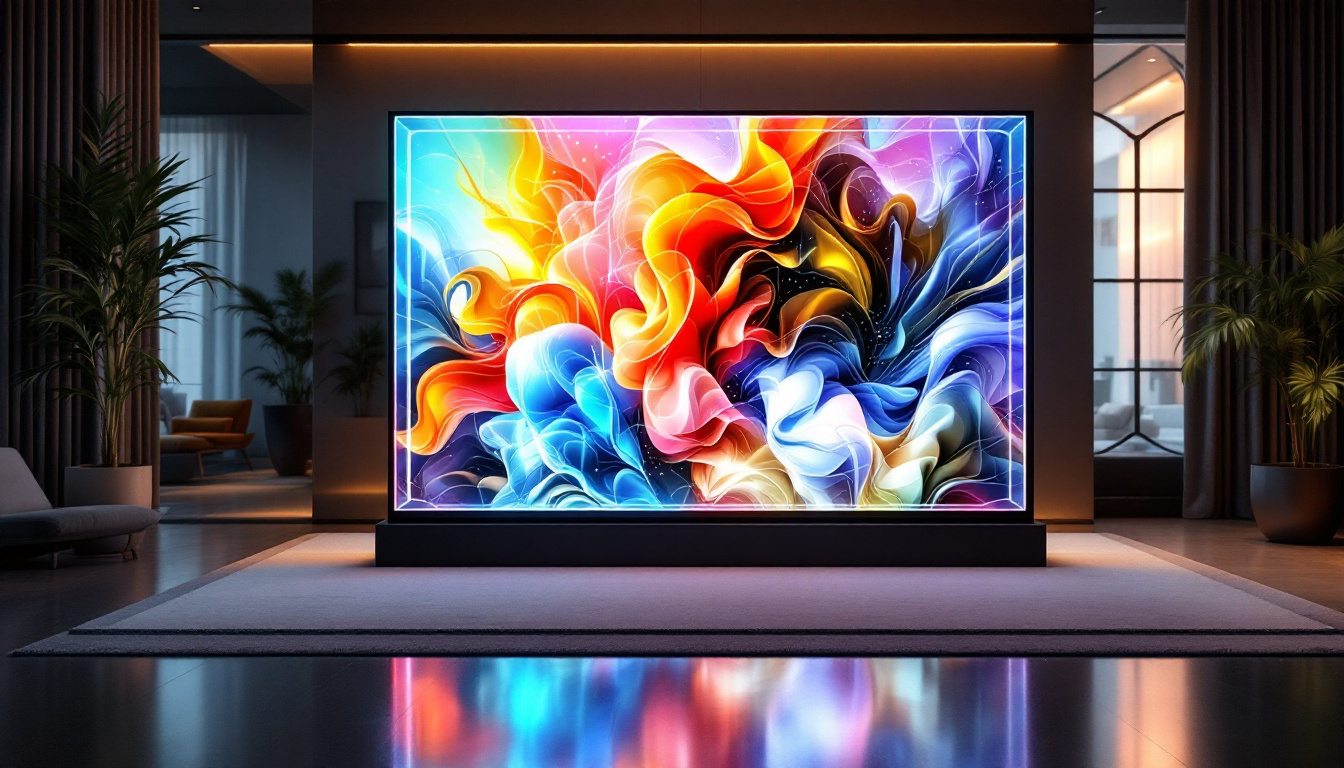In the modern world of technology, digital touch systems have revolutionized the way we interact with devices. Among these systems, LED displays stand out for their versatility, efficiency, and vibrant visual output. This article delves into the intricacies of LED displays, exploring their functionality, applications, and advantages in various sectors.
Understanding LED Displays
LED, or Light Emitting Diode, displays are a type of flat panel display technology that utilizes light-emitting diodes to produce images. The fundamental principle behind LED displays is relatively simple: when an electric current passes through a semiconductor material, it emits light. This light can be manipulated to create a wide array of colors and images, making LED displays a popular choice for various applications. The versatility of LED technology has led to its integration in everything from televisions and computer monitors to large-scale advertising billboards and digital signage, revolutionizing the way we interact with visual media.
How LED Displays Work
At the core of an LED display is the arrangement of tiny diodes that emit light. These diodes are grouped into pixels, which are the smallest units of a digital image. Each pixel can produce different colors by combining red, green, and blue (RGB) light. When these colors are mixed in varying intensities, they create the full spectrum of colors visible to the human eye. This ability to blend colors seamlessly allows for stunning visuals that can enhance the viewing experience significantly. Moreover, advancements in technology have led to the development of high dynamic range (HDR) displays, which offer improved contrast and brightness, further enriching the visual output.
LED displays can be categorized into two main types: direct view and backlit. Direct view LED displays consist of individual diodes that form the image directly, while backlit displays use LEDs to illuminate a liquid crystal display (LCD) panel from behind. Both types have their unique advantages, making them suitable for different environments and uses. For instance, direct view displays are often favored for their superior color accuracy and viewing angles, while backlit displays are typically more cost-effective and can be thinner, making them ideal for portable devices.
Types of LED Displays
There are several types of LED displays, each designed for specific applications. Some of the most common types include:
- Indoor LED Displays: These are typically used in environments such as shopping malls, airports, and conference centers. They are designed to deliver high-quality images and vibrant colors in well-lit conditions. Indoor displays often feature higher pixel densities, allowing for closer viewing distances without sacrificing image clarity.
- Outdoor LED Displays: Built to withstand harsh weather conditions, outdoor LED displays are often used for billboards, sports arenas, and public announcements. They are brighter than indoor displays to ensure visibility in direct sunlight. Additionally, outdoor displays are engineered with robust materials to resist moisture, dust, and temperature fluctuations, ensuring longevity and reliability.
- Transparent LED Displays: This innovative technology allows light to pass through the display, making it ideal for storefronts and advertising without obstructing views. They provide a unique aesthetic appeal while delivering information effectively. Transparent displays are increasingly popular in retail environments, as they can showcase products behind the screen while simultaneously displaying promotional content, creating an engaging shopping experience.
Another emerging type of LED display is the flexible LED display, which can bend and shape to fit various surfaces. This adaptability opens up new possibilities in design and installation, allowing for creative applications in architecture and interior design. Flexible displays can be used in everything from curved screens in modern cinemas to dynamic art installations that change shape and form, showcasing the limitless potential of LED technology in our everyday lives.
Applications of LED Displays
LED displays are ubiquitous in today’s digital landscape, finding applications across various industries. Their adaptability and efficiency make them suitable for a wide range of uses.
Advertising and Marketing
One of the most prominent applications of LED displays is in advertising and marketing. Businesses utilize vibrant LED screens to capture the attention of potential customers. Dynamic content, such as videos and animations, can be displayed, making advertisements more engaging than traditional static billboards.
Moreover, LED displays can be easily updated remotely, allowing companies to change their messaging in real-time. This flexibility is crucial for businesses looking to promote time-sensitive offers or events.
Entertainment and Events
In the entertainment industry, LED displays play a vital role in enhancing the audience experience. Concerts, festivals, and sporting events often feature large LED screens that display live feeds, graphics, and animations. This technology creates an immersive environment, allowing attendees to feel more connected to the event.
Additionally, LED displays are used in theaters and cinemas to showcase trailers and advertisements, further enriching the viewing experience.
Transportation and Wayfinding
LED displays are increasingly utilized in transportation systems for real-time information dissemination. Airports, train stations, and bus terminals employ LED screens to display arrival and departure times, gate information, and other essential updates. This enhances passenger experience by providing timely and accurate information.
Moreover, LED displays are used in wayfinding systems to guide individuals through complex environments, such as large shopping malls or university campuses. Clear, bright visuals help reduce confusion and improve navigation.
Advantages of LED Displays
The popularity of LED displays can be attributed to several advantages they offer over traditional display technologies. Understanding these benefits is essential for businesses and organizations considering an upgrade.
Energy Efficiency
One of the most significant advantages of LED displays is their energy efficiency. Compared to traditional LCD or incandescent displays, LED technology consumes significantly less power. This not only reduces operational costs but also minimizes the environmental impact.
Furthermore, many LED displays come with features such as automatic brightness adjustment, which optimizes power consumption based on ambient light conditions.
Longevity and Durability
LED displays are known for their long lifespan, often lasting over 100,000 hours of continuous use. This durability is particularly beneficial for businesses that rely on displays for advertising or information dissemination. The reduced need for frequent replacements translates into lower maintenance costs and less waste.
Additionally, outdoor LED displays are designed to withstand harsh weather conditions, including rain, snow, and extreme temperatures, making them a reliable choice for outdoor applications.
High-Quality Visuals
LED displays are capable of producing high-resolution images with vibrant colors and excellent contrast. This quality is crucial for applications where visual impact is essential, such as advertising and entertainment. The ability to display dynamic content, including videos and animations, further enhances the viewer’s experience.
Moreover, advancements in technology have led to the development of high-definition (HD) and ultra-high-definition (UHD) LED displays, providing even sharper images and more detailed visuals.
Challenges and Considerations
While LED displays offer numerous advantages, there are also challenges and considerations to keep in mind when implementing this technology.
Initial Cost
The initial investment for LED displays can be higher than traditional display technologies. Businesses must weigh the upfront costs against the long-term savings associated with energy efficiency and reduced maintenance. However, as technology advances, prices for LED displays continue to decrease, making them more accessible.
Brightness and Viewing Angles
Although LED displays are known for their brightness, achieving optimal visibility can be challenging in certain environments. For instance, outdoor displays must be bright enough to be seen in direct sunlight, while indoor displays should be calibrated for various lighting conditions.
Viewing angles also play a crucial role in display effectiveness. Some LED displays may lose image quality when viewed from extreme angles, which can be a consideration for large installations.
Content Management
Effective content management is essential for maximizing the impact of LED displays. Businesses must invest in content creation and management systems to ensure that the displayed information is relevant and engaging. Regular updates and maintenance of content are necessary to keep audiences informed and interested.
The Future of LED Displays
As technology continues to evolve, the future of LED displays looks promising. Innovations in display technology are set to enhance the capabilities and applications of LED displays even further.
Advancements in Technology
Future developments in LED technology may include improvements in resolution, color accuracy, and energy efficiency. Emerging technologies such as microLED and organic light-emitting diodes (OLED) are also gaining traction, offering even more possibilities for high-quality displays.
These advancements will likely lead to new applications in various fields, including virtual and augmented reality, where high-quality visual output is paramount.
Integration with Smart Technology
As the world becomes increasingly interconnected, the integration of LED displays with smart technology is expected to grow. This could include features such as interactive displays that respond to user input or displays that can be controlled remotely via mobile devices.
Such integration will enhance user experience and open up new avenues for businesses to engage with their audiences.
Conclusion
Digital touch systems, particularly LED displays, have transformed the way information is conveyed and consumed in various sectors. Their versatility, energy efficiency, and high-quality visuals make them an attractive option for businesses and organizations looking to enhance communication and engagement.
While there are challenges to consider, the benefits of LED displays far outweigh the drawbacks. As technology continues to advance, the future of LED displays promises even greater innovations and applications, solidifying their place as a cornerstone of digital communication.
In a world where visual communication is paramount, understanding and leveraging the capabilities of LED displays will be essential for businesses aiming to stay ahead in an increasingly digital landscape.
Explore the Future of Visual Communication with LumenMatrix
Ready to elevate your visual engagement to the next level? Discover LumenMatrix’s innovative LED display solutions, where cutting-edge technology meets creative design. From vibrant Indoor LED Walls to dynamic Outdoor LED Displays, and from sleek LED Posters to immersive LED Sports Displays, LumenMatrix is at the forefront of revolutionizing visual communication. Whether you’re looking to captivate audiences, enhance brand visibility, or create unforgettable experiences, our extensive range of LED display modules is engineered to deliver with precision and flair. Don’t just take our word for it; check out LumenMatrix LED Display Solutions today and see how we can help you make a powerful impact with every display.




